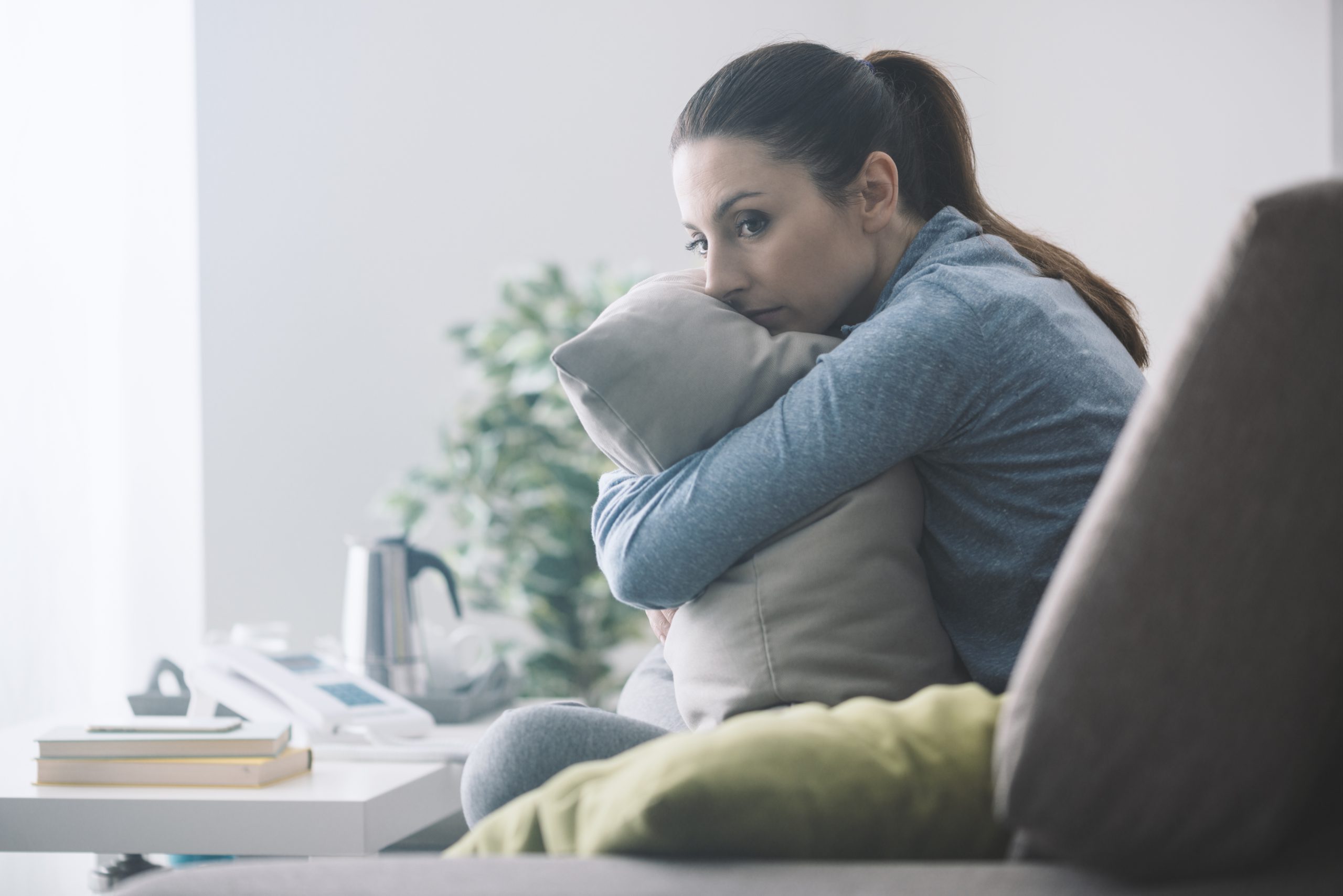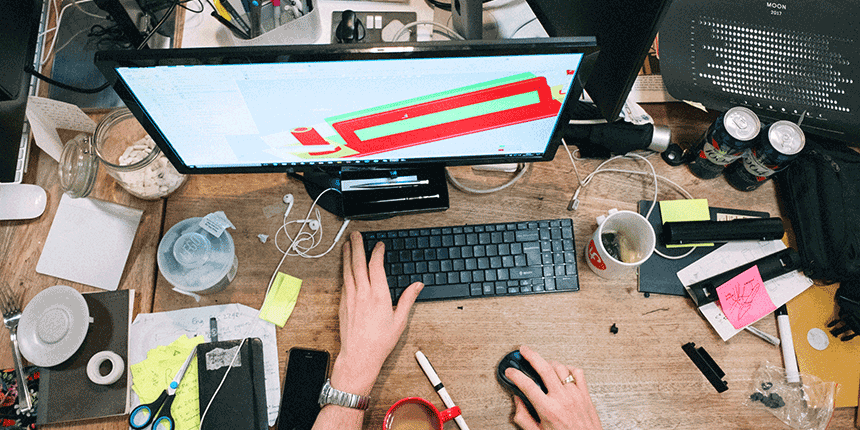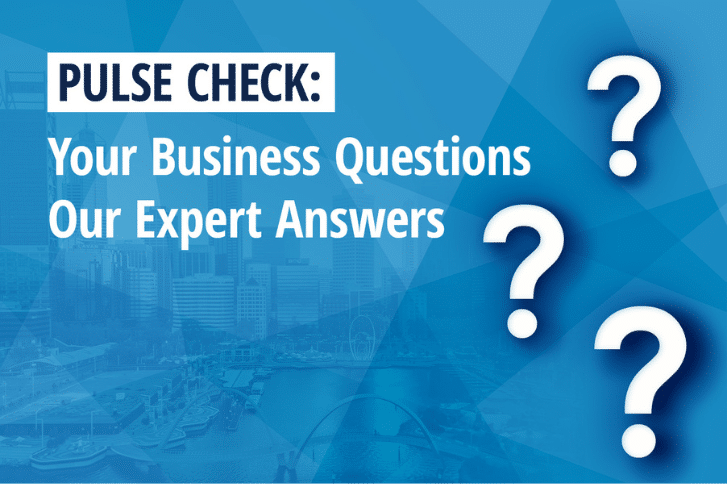The link between COVID-19 and mental health issues is well established. But what does it mean for workplaces?
Recently released SafeWork Australia data reveals a stark jump in mental health compensation claims: 34 per cent of the 533 COVID-19-related claims until July 31 related to mental health. In 2018-19, that figure was 9 per cent.
Australian Chamber of Commerce Director WHS and Workers Compensation Policy Jennifer Low says changes to the regulatory landscape, increases in mental ill-health, and increasing community and media focus has created a "perfect storm" for businesses into 2021.
"Employers should expect to see greater expectations on their management of poor mental health, increased claims and a greater focus on risk management by regulators."
Mental Health and COVID-19
Low explains that the coronavirus pandemic can be viewed in four health response ‘waves’.
The first, related to the immediate mortality of the virus and its severity – the realisation that it could kill.
The second wave was around the impact of resource restriction on urgent non-COVID conditions, and the third wave extended to the lack of immediate care available for people with more long-term physical conditions such as cancer.
The fourth, and expected most wide-reaching wave, relates to mental ill-health.
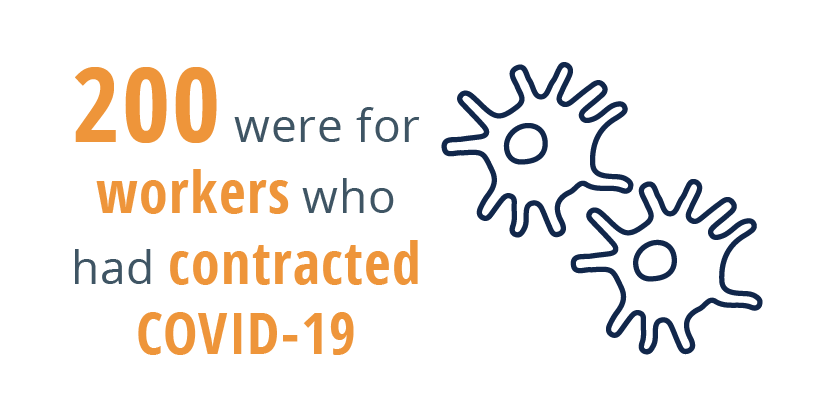
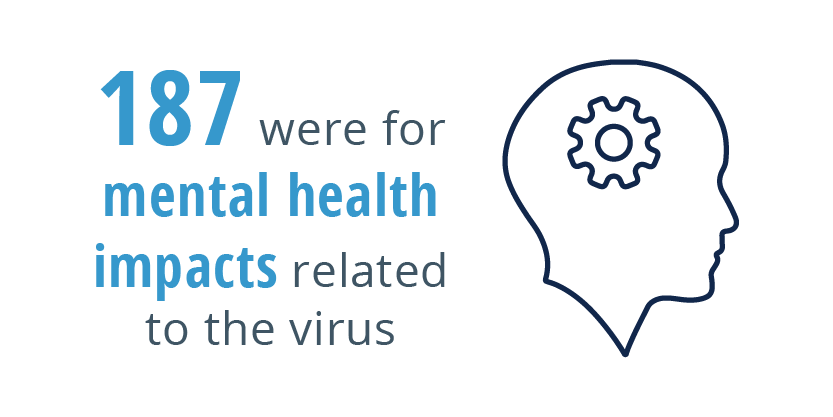
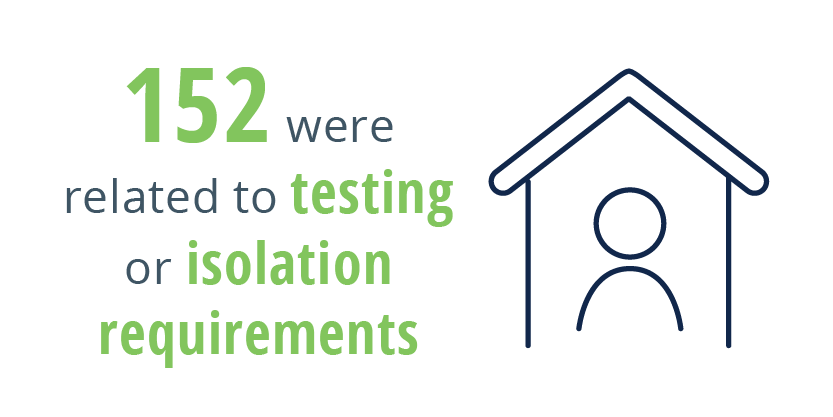
The initial Government response to the outbreak was to restrict the interaction and movement of people. We saw shortly after a focus on mental health messaging from the chief medical and chief health officers around the country.
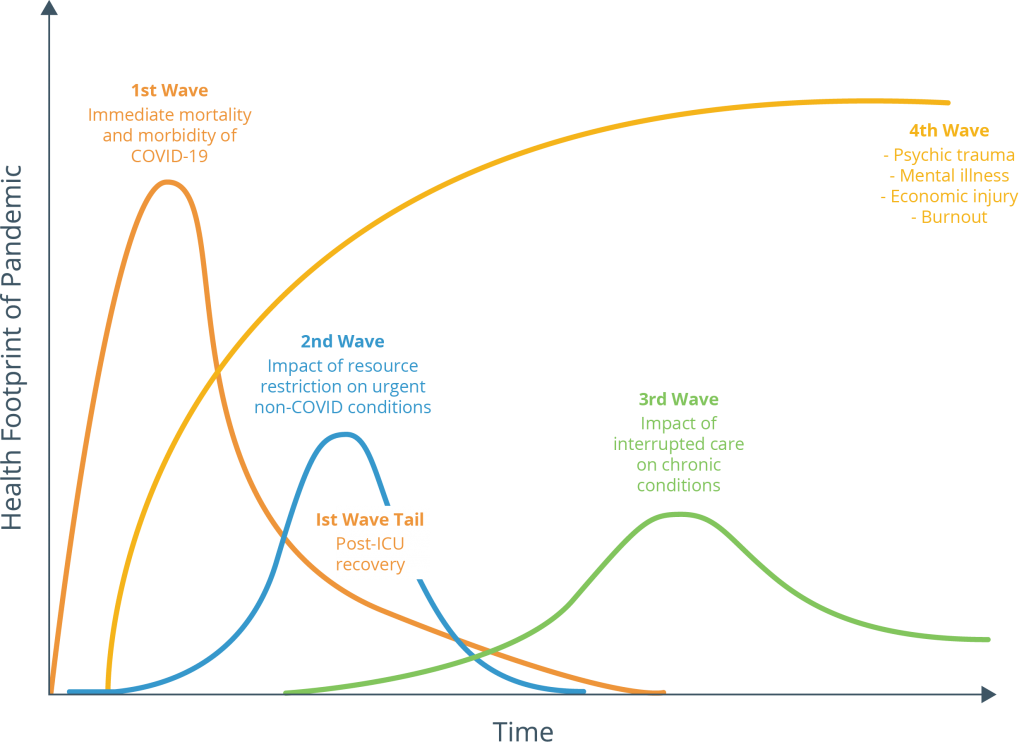
The increased focus on domestic violence awareness and support due to swathes of the population having to stay at home broadened the conversation around mental health and drew attention to the unintended negative consequences of working from home.
Some of the ways the media covered the pandemic heightened anxiety in individuals, Low says.
“We found ourselves wanting to tune in; we want to know which step we’re at and what next – constantly wanting to tune into the problem, which is not great for our mental health.
“The early results are indicating that individuals are experiencing two to three times as much stress and anxiety whilst working at home throughout the pandemic as compared to prior to COVID.
"Even if it’s not workplace-generated, there will be consequences for the workplace in terms of managing it.”
The working-from-home experiment
A nationwide movement to working from home earlier this year brought many challenges for individuals, employers and regulators.
The accelerated use of technology led to heightened levels of anxiety among workers.
Low says people who struggled to adapt to unfamiliar technology, like video conferencing, may have felt a diminished sense of control.
Low says the “giant national experiment, where all the governments directed those who could to work from home” led many to ask if remote working was the new normal.
NSW Treasury data indicated workplaces are likely to adopt a hybrid model in future, where employees, who are able to, split their work between the office and home.
Low says this could lead to an increased pressure for people to keep working from home post-COVID-19.
She says employers needed to be acutely aware of the working-from-home health issues for which they could potentially be liable.
“It’s going to be a huge focus. I can’t emphasise it enough. It really depends on the individual, the type of work, the relationships they have, their personal situation.
She says employers needed to be acutely aware of the working-from-home health issues for which they could potentially be liable.
"[If the employee is] at risk of domestic violence, if you then require them to work from home, you’re potentially liable for anything that goes wrong.
Low pointed out a case handed down earlier this year where a man killed his partner while they were both working from home and the couple’s children were eligible for a worker’s compensation payout.
“There are interesting cases coming through on technicalities.
"We want to work through the implications of this changing environment and make sure if we as employers are being pushed in this direction, that we do have that balance of what’s reasonable and practical."
WA’s proposed code of practice on violence at work will soon consider how work from home may impact domestic violence victims.
Regulatory shifts
With the introduction of a national guide on psychological health and safety last year, Australia saw a stronger emphasis on mentally healthier workplaces as part of an employer's work health and safety duties.
The Safe Work Australia (SWA) guide describes how to build a psychologically healthy workplace.
It also costs the impact of poor psychological health and safety on Australian organisations: $6 billion a year in lost productivity.
SWA is in the process of considering a national Code of Practice for psychological health and safety in the workplace, which would potentially increase the compliance cost and expected activities for employers.
WA, NSW and Queensland are also at different stages of adopting their own Codes around workplace mental health and safety.
Low explains that a major challenge for policymakers was around how to clearly differentiate community health, and 'nice-to-have' workplace supports, versus legislated psychosocial risk management obligations.
“Initially we saw a strong push for employers to voluntarily take more action to promote and support general mental health and wellbeing through mentally healthy workplaces.
"Recently this has shifted to a stronger regulatory requirement.
"The tricky part is clearly defining what constitutes a hazard in the workplace and what is under the control and influence of employers."
The confusion around responsibilities and terminology led to a push within the Boland review in late 2018 – the five-yearly review of the model Work Health and Safety laws – to recommend further regulation and highlight the importance of mental health in the workplace.
This review took place alongside a broader inquiry into the national landscape and response to mental health undertaken by the Productivity Commission .
The Commission’s final report, released on November 16, recommended an overhaul of Australia’s mental health system to focus on prevention and higher-quality care.
The inquiry suggested workplaces should take a more proactive role in preventing and supporting those with mental ill-health:
- increasing the level of importance of psychological health and safety;
- offering no liability clinical treatment for mental health-related workers compensation claims for up to 6 months; and
- expanding the individual placement and support program for people with mental illness.
For more support on building mentally healthy workplaces, visit HeadsUp.
Work-related stress is a complex phenomenon and solving work-related stress problems is not an easy task.
Employers must be prepared to make ‘reasonable adjustments’ to assist workers who suffer from a mental illness and to ensure information about an employee’s mental health is not disclosed to others without their consent. Read more...







